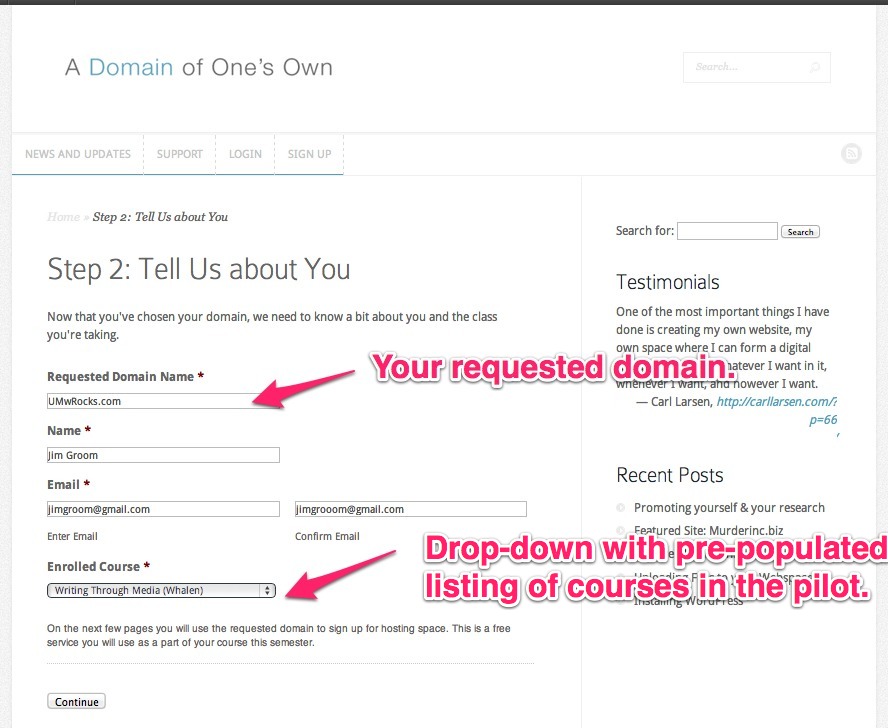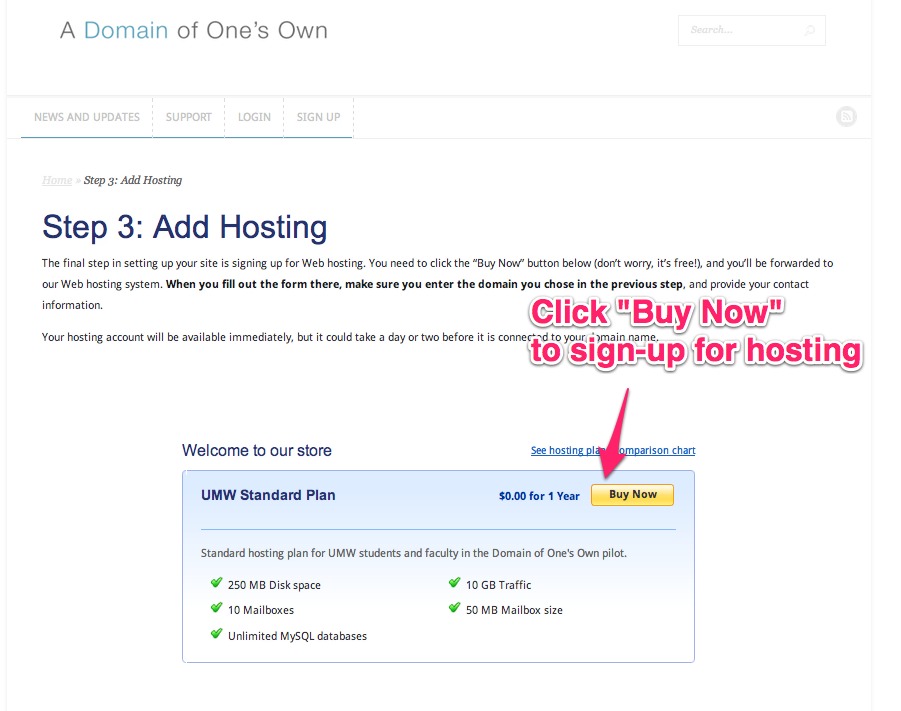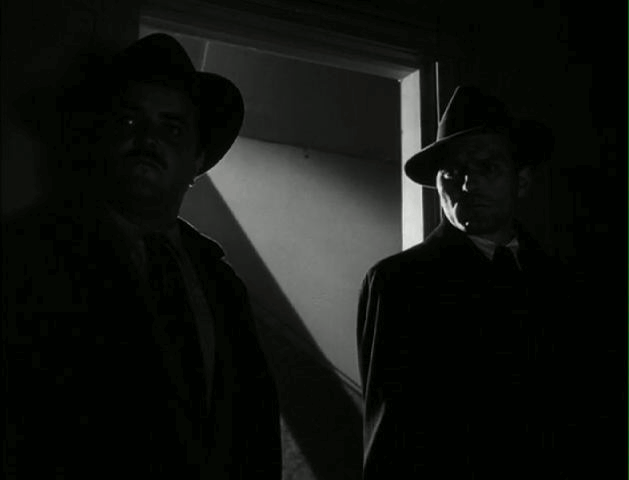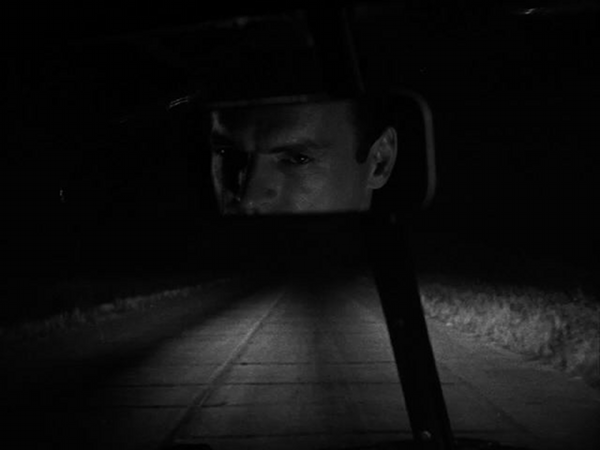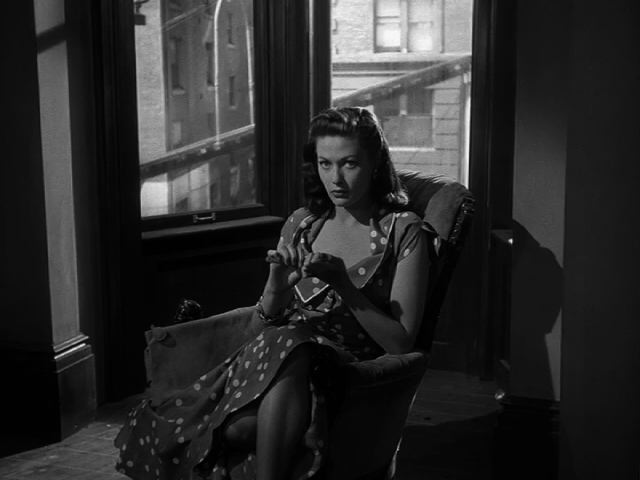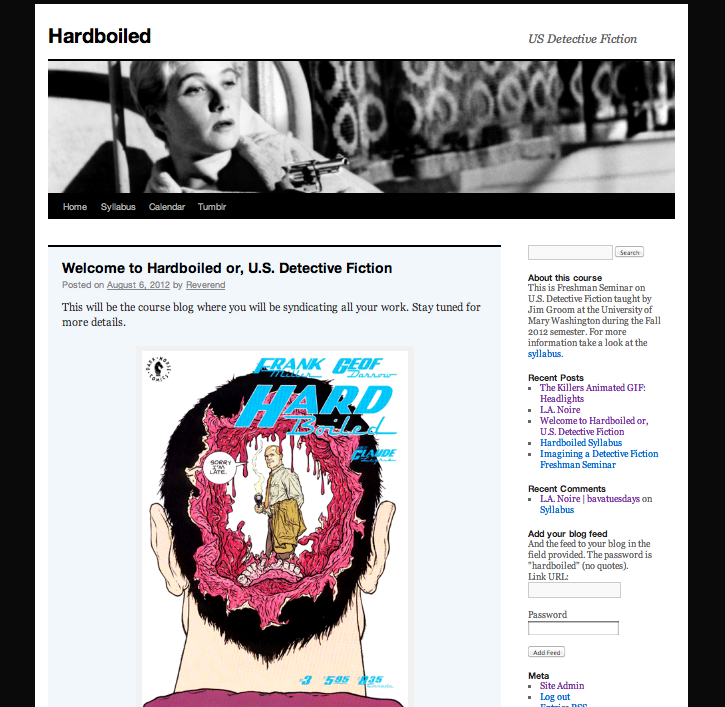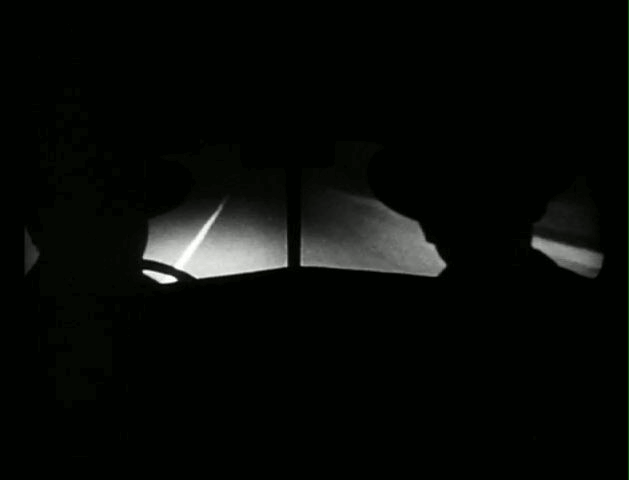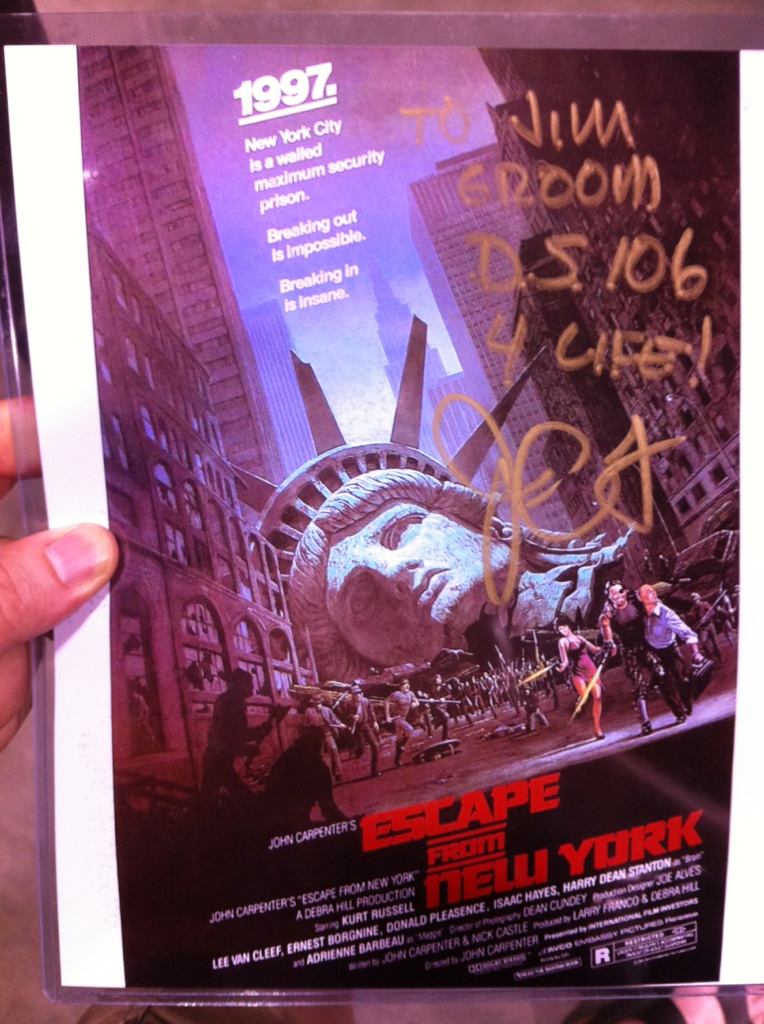For years now we’ve prided ourselves on keeping UMW Blogs outside of the single-sign-on environment using the rationale that it provides just one more layer of separation from the fears surrounding privacy, FERPA, and security. Admittedly part of this stance was born out of the technical challenge of integration, an issue that since then has been figured out pretty effectively for a variety of authentication systems. And given UMW has had Active Directory for the past three years, we could (and most likely will) take Luke Waltzer’s brilliant lead and integrate our UMW Blogs instance seamlessly thanks to Boone Gorges‘ plugin (how much do you love CUNY?).
Integrating with the UMW’s Active Directory is something I’ve been thinking more about recently given it would make certain things a hell of a lot easier. What’s more, we’re already doing this on the umw.edu installation of WordPress, and that works quite well thanks to Curtiss Grymala. So we even have the in-house expertise now, I guess I’ve just been stuck on the idea of creating a bit of a firewall between UMW Blogs and the other enterprise systems around campus, even though UMW Blogs has been an enterprise system for a couple of years now, whether or not I want to admit it. I probably would have dragged this out a bit longer, but a recent meeting I was in about the future of online learning at UMW has been helping to make the decision easy.
We have a new set of forms and policies regarding online classes that were inspired by our preparation for our current SACS review. More specifically, we have an “Online Course Authorization” form (doesn’t it sound so Brazil-like) that caught my attention because according to this form, in order for UMW to remain in “compliance with federal distance education regulations” you have to login through a centralized, campus-wide authentication system. Here is the exact verbiage from the form:
The default expectation is that online UMW courses will be offered through Canvas, the University’s enterprise learning management system. Because Canvas requires a secure UMW login and password authenticated against the University’s active directory, it fulfills the federal requirements for verification and privacy and does so at no additional costs to students.
If this course will be managed through Canvas, check this box, provide the two signatures (below), and submit the form to the Office of the Registrar. Ignore page two of this form.
IF THE INSTRUCTOR WISHES TO USE A SYSTEM OTHER THAN CANVAS FOR MANAGING THIS ONLINE COURSE, THE ALTERNATIVE APPROACH MUST BE APPROVED FIRST. Complete page two of this form, and secure all required signatures.
What else can I say? This pretty much says it all. As of right now UMW Blogs is not authenticating against our university’s active directory and hence cannot be considered one of the default spaces where online learning can happen at UMW without a litany of five or six signatures all the way up to the Chief Information Officer. I don’t know the specific federal regulations this form is referring to and I’ll have to do more research there (anyone know anything about this?), but at the same time I’m not necessarily doubting it. Given how meticulously we’ve been going about our SACS re-accreditation review I’m sure the regulations are quite plain. What gets me in all this is the idea that as a result of these regulations our LMS has become the default mechanism for designing an online course experience at UMW. This seems problematic to me given all the work we’ve done over the last seven years, and one of the reasons I am kicking myself a bit for dragging my feet on active directory authentication.
At the same time we’re lucky we don’t do too many online courses at UMW just yet, and those we are doing are being shaped and developed through a robust community of faculty in the Online Learning Initiative that are interrogating the ideas behind online learning for a liberal arts campus. Nonetheless, the idea that there is a form somewhere that says “the default expectation is that online UMW courses will be offered through Canvas” kills me. The impulse amongst universities to dictate the virtual environment in which online classes can happen will increasingly become a contested and murky reality—folks will “authenticate” through the LMS but that’s not where they’ll teach and learn.
This form is very much a hoop we are having faculty jump though as a way to square ourselves with the SACS review, which I understand but at the same time it does little or nothing to push the vision and possibilities of online learning forward institutionally. On the contrary, it makes it much more difficult for a faculty member to choose an alternative framework, a fact that could be potentially devastating to the culture of innovation in this area cultivated at UMW up and until now. For that reason alone I think it is crucial that we start seriously considering getting UMW Blogs to authenticate against active directory so that it can be yet another default option for online learning that we can offer UMW faculty with little or no hassle.


